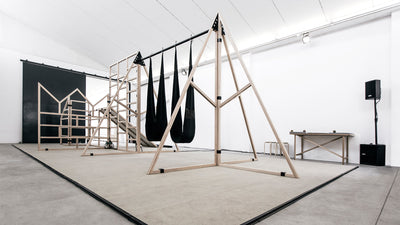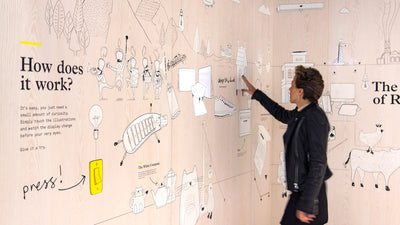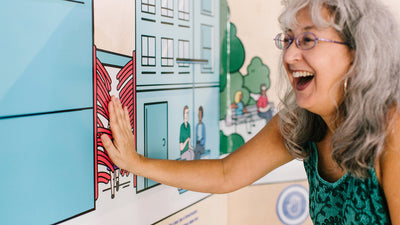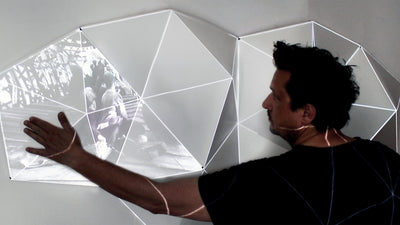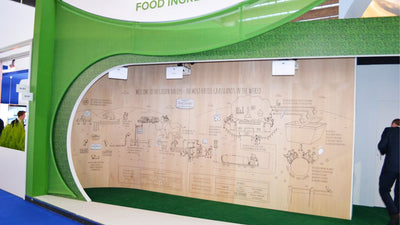MIT Better World - Creating an Interactive Display to Engage Alumnis

Design agency wanted to create an engaging interactive wall for an MIT alumni event and used the Touch Board to create hidden sensors.
One example of a project where our technology was used to create an interactive display was done by the designers and engineers at Two Lines Meet. For MIT’s Better World campaign, a series of global events that invites past and present alumni to come and celebrate MIT’s achievements and latest innovations, they wanted to create a space for all the alumni to engage with each other. Two Lines Meet wanted to design something that embodied the history and future of all the attendees.
Working with the client for this exhibition, Two Lines Meet identified 12 key cultural areas that encompassed the different schools of MIT. So, the starting aspect for each story needed to be an elusive opportunity, yet an enticing one, to allow the audience to be rewarded for their discovery.
Culture & Connections from Two Lines Meet on Vimeo.
They opted for a three-tiered design approach: the interaction, the illustration, and the animation through projection mapping. Clean, black illustrated lines framed the method of interaction which, when triggered, projected animations that completed each story. The physical structure needed to allow for multiple users at any one time. No instructions, just a grid of 12 relief squares – each one a unique interactive story told in a unique way.
The interactive elements ranged from RFID triggered objects, pulleys, levers, magnets, proximity and capacitive touch interfaces, allowing the attendees to play with physics and discover a unique story. For the latter two interactions, touch and proximity sensing, they used the Touch Board, which enabled them to install multiple touch points with ease. The benefit of capacitive sensing, in this case, was that it proved to be easy to integrate, yet robust enough to avoid false triggering by the wrong person. But capacitive sensors also give the designer a range of options to play with, for example, to create a proximity switch that works gradually or a rotary switch to dim the brightness.
The structure proved to be a success, as with each interaction, the audience grew, demonstrating the power that interactive technology has to engage visitors at events. MIT was impressed by the outcome and by how leveraging capacitive sensing to trigger other technologies created an interactive centerpiece for their exhibition.
Images and Video: Two Lines Meet
We love it when you share your projects! Post your project on Instagram, YouTube, Vimeo, or Twitter, and make sure to tag @bareconductive or use #bareconductive. You can also send your videos and photos to info@bareconductive.com. Submit your project for a chance to be featured and you'll also receive 20% discount.


